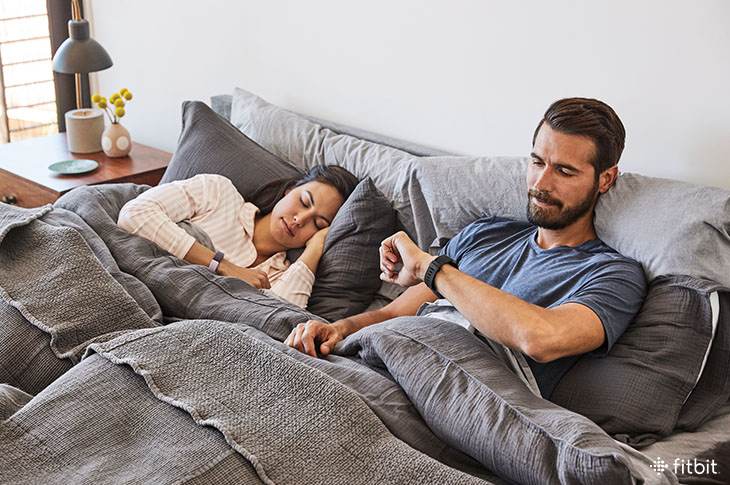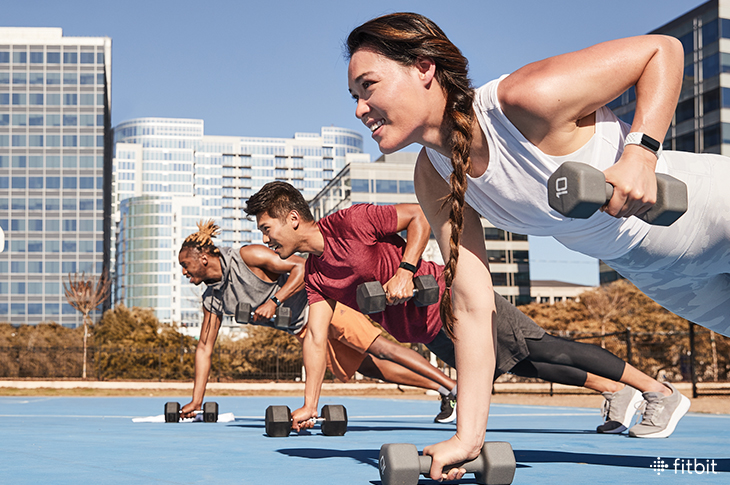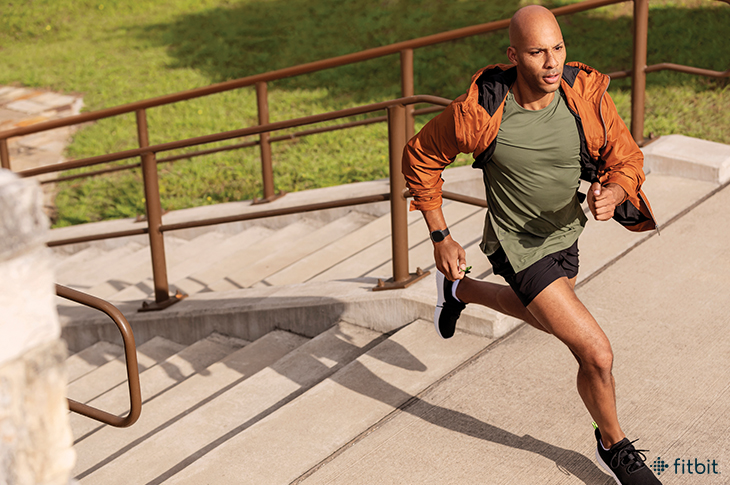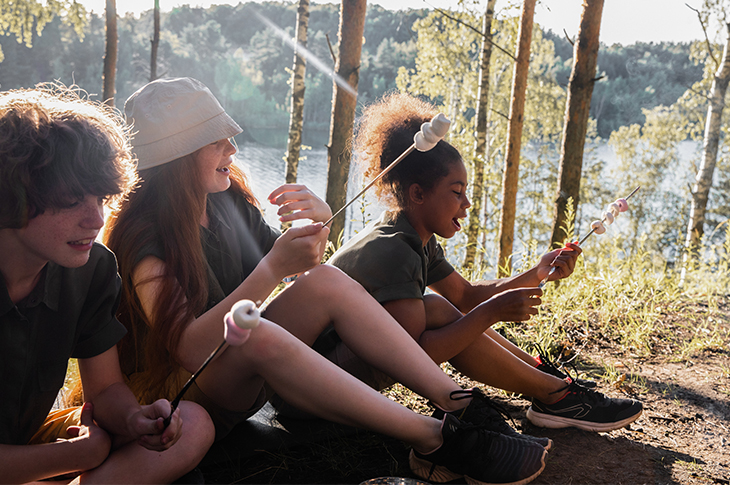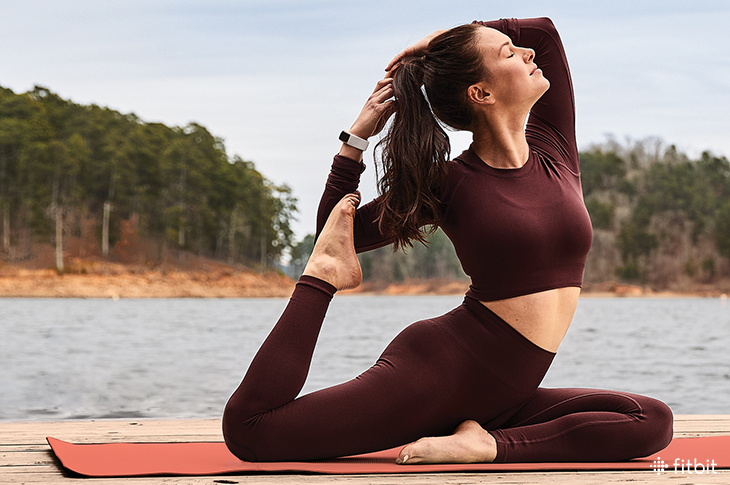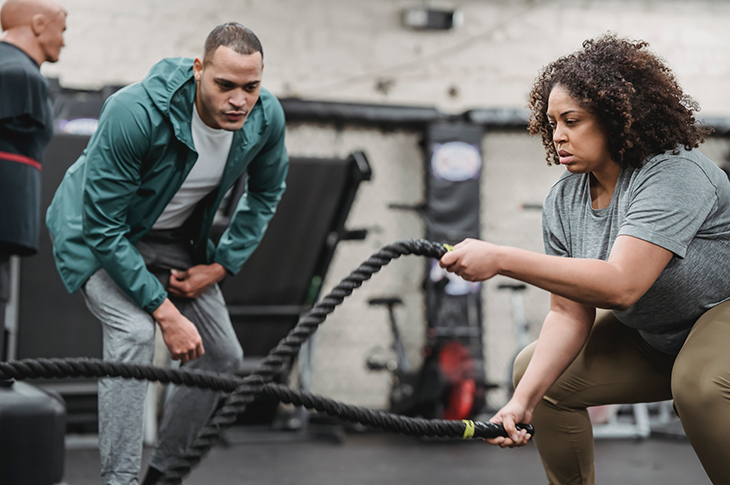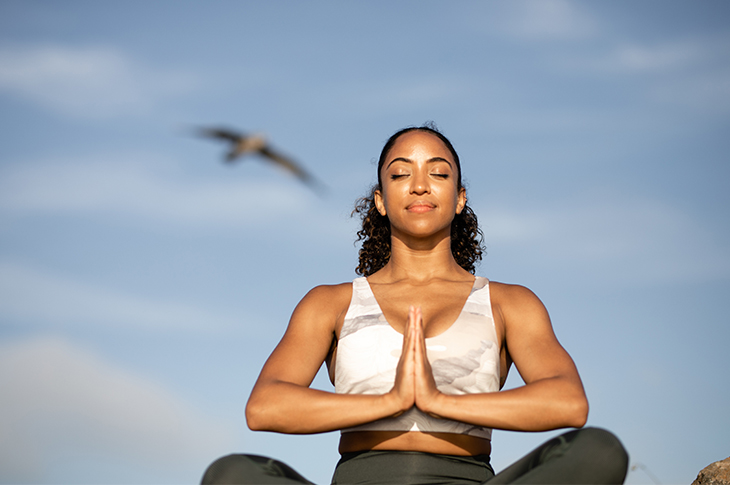For years, if you wanted a good night’s rest, the advice was to get eight hours of sleep. Despite this recommendation, most people struggle to get that much sleep. More than one-third of adults (35.2 percent) say they get less than seven hours of sleep a night.
Although many adults may still need to sleep eight hours a night, that standard might not be right for everyone. Rather than sleepwalk through a general rule, consider what sleep guidelines work best for you.
Why eight hours of sleep, anyway?
Eight consecutive hours of sleep wasn’t always the standard. Centuries ago, people tended to sleep in two segments. They went to bed about two hours after dusk, woke for one or two hours to pray, smoked, read or visited neighbors, and then went to sleep again. Toward the 17th century, as the lighting in streets and homes increased, the amount of sleep decreased, and the idea of consolidated sleep became the norm— and remains so today.
Today, the National Sleep Foundation recommends that adults try to get seven to nine hours per night. Children and teenagers need more sleep since they are still developing. These recommendations were reached through an expert consensus based on population studies of sleep patterns and clinical experience.
Is eight hours ever more than enough?
For some, eight hours may be more than needed. A new study called Familial Natural Short Sleep (FNSS) found that the ability to function on less than eight hours can run in families and that perhaps these people sleep more efficiently. In another study of adults ages 38 to 73, seven hours was optimal for brain structure, mental health, and cognitive and genetic factors.
However, before calculating how much extra time you’d have for other activities if you pared down on sleep, consider this: although some people are naturally slightly shorter sleepers (approximately six hours per night), studies have shown that consistently short sleep (less than five hours per night) is associated with poor health outcomes, including diabetes and obesity, as well as reduced vigilance—even when people feel they are functioning normally.
Repairing the body through sleep. Sleeping does more than help you feel rested upon waking, says Conor Heneghan, Fitbit’s lead research scientist. “Sleep is the time when the body and mind repair itself and is essential for normal physiological function,” he shares. During sleep, the body releases human growth hormone, which helps repair muscle and tissue damage. Sleep also reduces the buildup of beta-amyloid, which is associated with poor brain function and Alzheimer’s disease. Additionally, the rapid eye movement or REM stage of sleep increases deep connections in the brain that help with learning and creativity.
Getting efficient sleep. It’s not just about the amount of time spent in bed but the quality of sleep, Heneghan adds. In sleep science, efficiency means the ratio of time asleep to the time spent in bed. “If you’re in bed for eight hours but only sleep for six, the efficiency is 6/8, or 75 percent,” Heneghan explains. “Most sleep clinicians suggest that most healthy adults will have efficiencies between 85 to 95 percent to account for natural momentary awakenings during the night as you shift positions.”
Are you getting enough sleep?
Even though some people may feel they are naturally short sleepers, getting six hours or less at night, they may actually need more sleep. When tested in lab settings, many short sleepers have signs of underlying sleepiness they have ignored or been unaware of.
There are a few simple ways to tell if you’re getting enough sleep:
Do you fall asleep as soon as your head hits the pillow? This may be a sign that you’re sleep-deprived.
What is your sleeping pattern when you’re on vacation, with no pressure to wake up? If you naturally wake up feeling refreshed eight hours after going to sleep, that’s a good guide to your body’s natural set-point.
Do you rely on caffeine or energy drinks or require a nap during the day? These behaviors may mask underlying sleep deprivation.
Your Fitbit device can help you identify your sleep habits and trends, including how long you slept and how restful the sleep was.
Tips for a good, efficient night’s rest
To get the best quality sleep, Heneghan suggests sticking to a regular bedtime and wake-up time— even on the weekends and vacations.
Encourage your body’s underlying circadian rhythm. Open your blinds or curtains to allow strong daylight early in the day. Aim for as much darkness as possible in your sleeping environment at night since this helps the body produce melatonin, a hormone that aids sleep.
Eat a bedtime snack that encourages sleep. Foods like almonds and oatmeal contain melatonin—a hormone that helps with sleep. Bananas contain magnesium which improves sleep, as well as potassium, which can reduce cramping and tension.
Schedule 10 minutes of worry time. Rather than fight any pre-sleep anxiety, set a timer for a short block of time to write out any fears and worries, so those thoughts aren’t running through your head when you lay down.
Also, keep your room cooler for sleeping, as your body expects a temperature dip at night.
Last, in this go-go-go world, try to get the rest you need. Whether a good night’s sleep for you is seven hours, eight hours, or a little less or more, pay attention to how you feel—not just at bedtime but throughout the day, to know you’re getting the quality rest that keeps you feeling good.
The post Is 8 Hours of Zzz’s Still the Standard? appeared first on Fitbit Blog.

